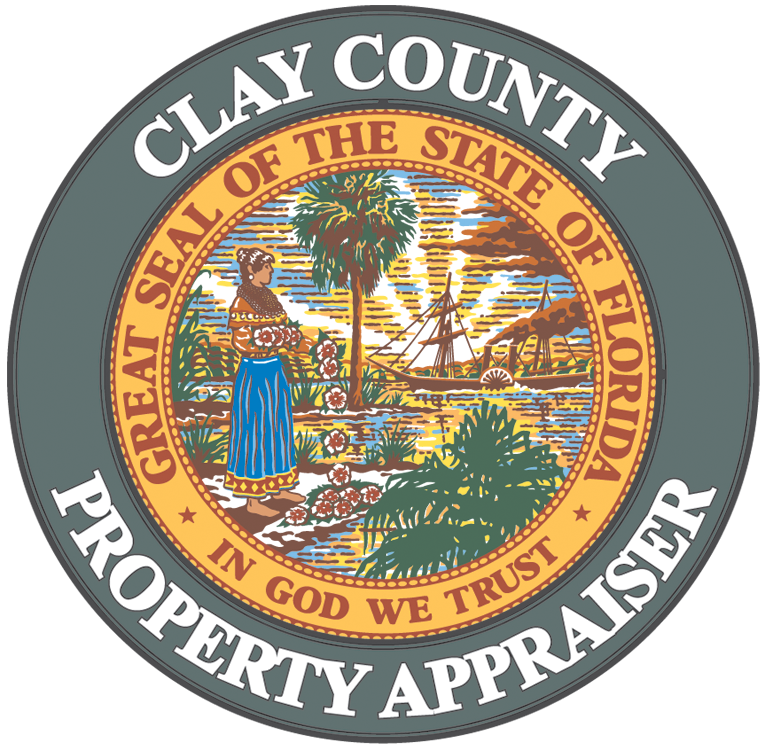Estimating Value
Florida law charges the Property Appraiser with the task of valuing all property that is not immune from taxation, or otherwise exempt from valuation. The assessment roll of Clay County is comprised of approximately 96,155 real property parcels and tangible personal property accounts which must be reviewed annually. To ensure that all properties are assessed accurately, equitably, and efficiently, mass appraisal techniques are utilized as the primary method of valuation. The process of mass appraisal is supported by s. 193.023(3), Florida Statutes, which states, “In revaluating property in accordance with constitutional and statutory requirements, the property appraiser may adjust the assessed value placed on any parcel or group of parcels based on mass data collected, on ratio studies prepared by an agency authorized by law, or pursuant to regulations of the Department of Revenue.” Section 194.301(1), F.S., states, “… the value of property must be determined by an appraisal methodology that complies with the criteria of s. 193.011, F.S., and professionally accepted appraisal practices.” As such, the Clay County Property Appraiser’s Office considers three recognized and generally accepted approaches in the development of value estimates: the cost approach, sales comparison approach and the income capitalization approach. The applicability of each approach depends on the character of the property and the availability of market data.
Market (Just) Value
Market (just) value is commonly defined as the most probable price for a property in a competitive, open market involving a willing buyer and a seller, and is the major focus of ad valorem appraisal assignments. Pursuant to Article VII of the state Constitution and s. 195.042, F.S., all property shall be assessed according to its market (just) value, on January 1 of each year. Additionally, s. 193.011 , F.S., prescribes the factors that the Property Appraiser must consider in the estimation of market value. The market value is unencumbered and may increase or decrease as the market dictates.
Assessed Value
The assessed value is the value of property after any assessment reductions, limitations, or caps have been applied. Furthermore, the assessed value is an administrative assessment created by the Legislature and is not directly related to market value. Homestead and non-homestead properties may have an assessed value that is lower than market value due to the Save Our Homes cap, or the 10 percent Assessment Growth Limitation cap.
Taxable Value
The taxable value equals the assessed value minus exemptions. Like the assessed value, it is not directly related to market value. The taxable value is half of the formula used to determine ad valorem property taxes; the other half if the millage rate levied by taxing authorities (taxable value x millage rate = tax levied).

